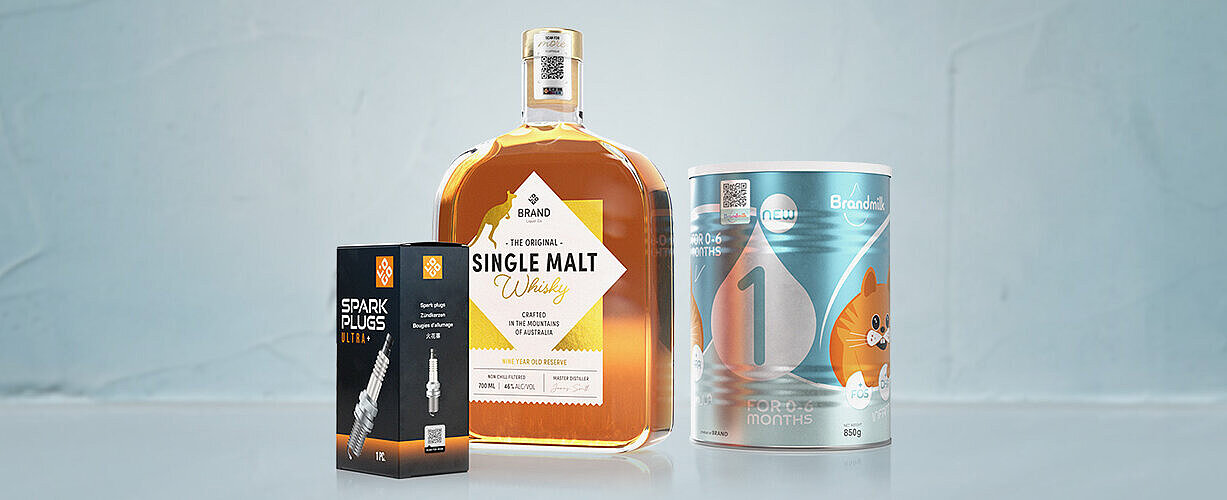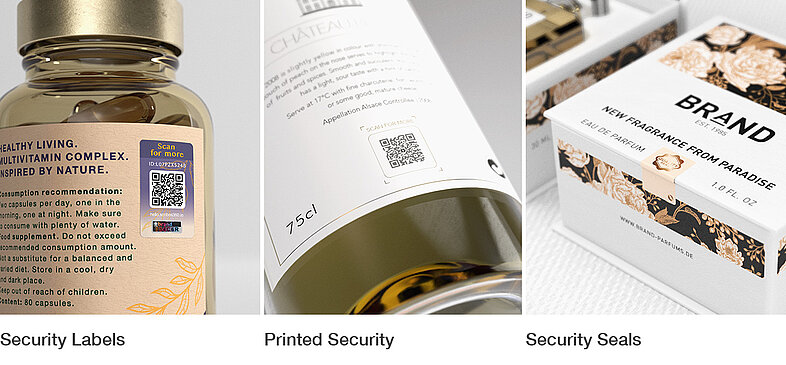What Is Brand Protection and How Does a Company Develop a Successful Strategy for It?

What does the term brand protection mean?
Brand protection refers to the strategies, measures, and practices that an organization or company or organization employs to safeguard its brand's integrity, reputation, and value. It encompasses a range of proactive and reactive actions aimed at defending a brand against various threats and risks that could potentially harm its image or financial performance.
Effective brand protection not only safeguards a brand's reputation but also helps maintain customer trust and loyalty. It is essential for maintaining the long-term success and sustainability of a business. Brand protection is crucial because a strong and positive brand reputation can be a company's most valuable asset.
Key elements of brand protection include:
- Trademark and Intellectual Property Protection
Registering and protecting trademarks, copyrights, and patents to prevent unauthorized use and infringement of the company's intellectual property.
- Anti-Counterfeiting Measures
Implementing strategies to identify and combat counterfeit products, which can dilute a brand's reputation and revenue.
- Product Quality Control
Ensuring consistent product quality and safety to prevent damage to the brand's reputation due to product recalls, defects, or safety issues.
- Online Reputation Management
Monitoring and managing the brand's online presence, including social media, review sites, and search engine results, to address negative comments and misinformation.
- Cybersecurity and Domain Protection
Safeguarding the brand from cyber threats, such as domain name squatting, phishing attacks, and data breaches, which can harm both the brand and its customers.
- Supply Chain Security
Implementing measures to secure the supply chain, ensuring that products aren't tampered with or replaced with counterfeits during transit.
- Legal Action
Pursuing legal action against infringers, counterfeiters, or parties engaging in defamation or unauthorized use of the brand's name or intellectual property.
- Consumer Education
Educating consumers on how to identify genuine products, avoid scams, and recognize the brand's official communication channels.
How do you develop a brand protection strategy?
Developing effective brand protection strategies is crucial for companies, especially in a competitive and interconnected business environment. Here's a step-by-step guide on how companies can start developing strategies for brand protection:
1. Assessment and Risk Identification
Begin by assessing your brand's vulnerabilities and potential risks. Identify areas where your brand may be at risk, such as trademark infringement, counterfeiting, online reputation damage, or supply chain issues.
2. Legal Protection
Register and protect your brand's intellectual property, including trademarks, copyrights, and patents. Ensure that your IP rights are enforced through legal means.
3. Trademark Monitoring
Implement a monitoring system to track trademark registrations and applications worldwide. This helps in identifying potential infringements early.
4. Product Authentication and Serialization
To help consumers verify the authenticity of their products and deter counterfeiters, companies can put effective anti-counterfeiting solutions in place.
There are many different ones on the market, which you can read about here.
However the best one, fulfills these requirements:
- It cannot be copied by a counterfeiter
- It involves the end customer
- It gives your company track and trace abilities
KURZ SCRIBOS solutions fulfill all three requirements.
- KURZ SCRIBOS solutions are developed, patented and produced in-house and therefore cannot be copied. We have a 20 year track record to prove this point.
- Our solutions directly involve your customers. To authenticate their product, the customer only has to open his camera on his smartphone, scan the anti-counterfeiting marking and is then guided through a one-click authentication process, which is accessed without app. With their scans, you can detect hot spots and take targeted action against counterfeiters.
- Every scan is recorded in our digital platform SCRIBOS 360, which shows you exactly the location of your products around the world. This not only helps you detect counterfeit hot spots, grey market activities or unauthorized overproduction, but also gives you valuable market insights.
Our anti-counterfeiting solutions are categorized into three different types:
Security Labels, Printed Security , Security Seals

We will easily find the best type suited to your needs. Our brand protection experts have many years of experience and are working with many leading brands around the globe.
5. Supply Chain Security
Secure your supply chain to prevent tampering, diversion, or counterfeiting. Implement secure packaging, tamper-evident seals, and supply chain tracking solutions.
6. Online Brand Monitoring
Invest in tools and services that monitor online channels, including e-commerce platforms, social media, and websites. This allows you to detect and address unauthorized use of your brand or counterfeit products.
7. Cybersecurity
Protect your digital assets and customer data through robust cybersecurity measures. Guard against domain squatting, phishing attacks, and data breaches.
8. Enforcement and Legal Action
Be prepared to take legal action against infringers. Develop relationships with law firms experienced in brand protection and intellectual property law.
9. Customer Education
Educate your customers on how to identify genuine products and avoid counterfeit goods. This can be through marketing, packaging, or online resources.
10. Internal Training
Train your employees to recognize potential threats and to follow brand protection protocols. Foster a culture of brand protection within your organization.
11. Global Collaboration
Collaborate with industry associations, governmental agencies, and international organizations to address brand protection issues, especially in markets where counterfeiting is prevalent.
12. Crisis Management
Develop a crisis management plan to respond to brand-related incidents promptly. This plan should include communication strategies to manage reputation damage.
13. Regular Review and Adaptation
Brand protection strategies should be regularly reviewed and adapted to stay ahead of emerging threats and technologies. Flexibility is key to effective protection.
14. Third-Party Partnerships
Consider partnering with third-party brand protection experts or service providers who specialize in monitoring and taking action against brand threats.
15. Compliance and Audits
Ensure that all business partners, including suppliers and distributors, adhere to brand protection guidelines and standards. Conduct periodic audits to verify compliance.
By implementing a comprehensive brand protection strategy that covers legal, technological, and organizational aspects, companies can mitigate risks and protect their brand's integrity, reputation, and financial value.
In terms of physical product protection and track and trace, we are the experts to talk to. We will support you in finding your perfect solution and will be your trusted partner in the fight to protect your brand.




